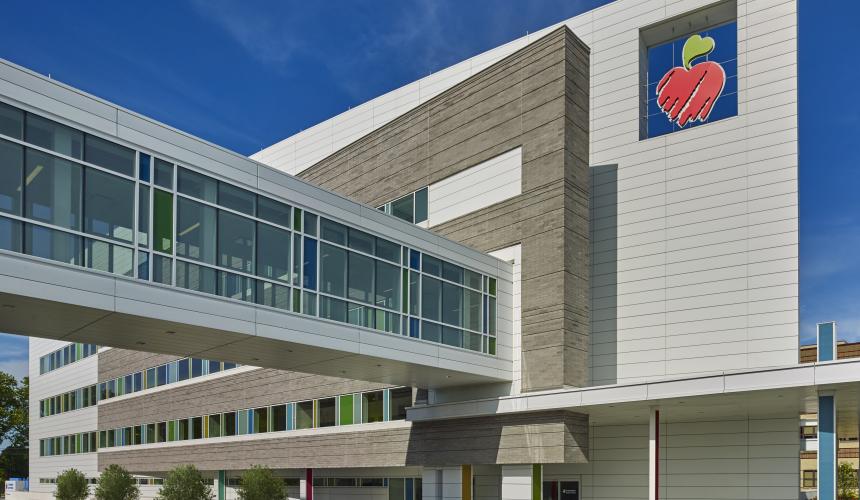Burn care for children requires special expertise. Our pediatric plastic surgeons and burn care nurses focus on quickly treating pediatric burn injuries while minimizing pain and scarring.
The latest burn treatment options designed specifically for your child.
Our team offers the latest surgical and wound-management techniques for burn injuries. We also conduct research studies to advance the care of burn injuries. Treatments include:
- Skin substitute. A leading-edge skin substitute that reduces the need for skin grafts from other parts of the body.
- Laser treatment. Used to treat burn scars and improve scar appearance. Laser treatment can be used to improve scar color, texture, and symptoms like itching or tightness.
- Ointments and topical medications. For cleaning wounds and removing dead skin.
- Skin-grafting. For covering burns. During a skin-grafting procedure, thin layers of skin are removed from another part of the body and placed over the burned area.
- Spray-on skin. This relatively new technology speeds healing and reduces scarring. It uses a small piece of your child’s own skin, which is processed and developed into a spray. Spray-on skin treatment may be used in combination with other therapies, including traditional skin graft surgery.
- Hydrosurgery system technology. A high-powered stream of saline precisely removes dead tissue and cleans wounds.
Burn Pain Management
Burns and burn care procedures are painful. At St. Christopher’s Hospital for Children, our priority is to make your child as comfortable as possible. We use different techniques to safely and effectively manage your child’s pain. These include:
- Distraction therapies
- Longer-term wound dressing options
- Sedation during wound dressing changes
- Specially timed treatments
Because pain can be traumatic for a child, we encourage families to be present whenever possible. We also work with our Child Life specialists to reduce stress on children and their families.
Our team is currently participating in a study of virtual reality techniques to distract the patients during stressful or painful procedures and dressing changes.




